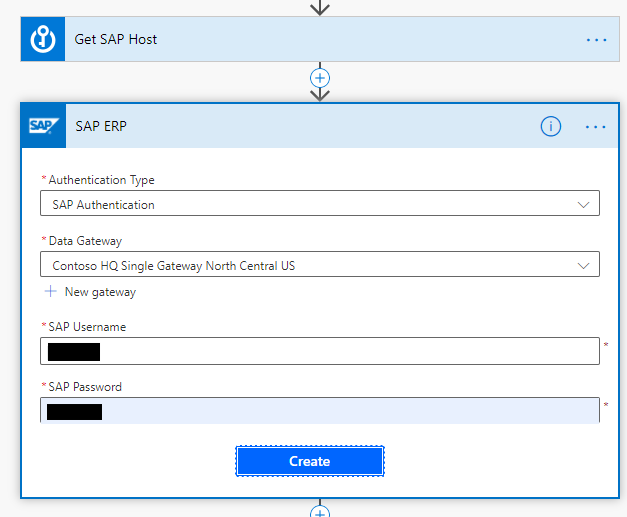The Night I Almost Lost Everything: My Journey to ERP Data Backup Automation
(H1: Primary Keyword: ERP Data Backup Automation, Secondary: Automated ERP Backup, Data Recovery)
It was 3 AM. The phone rang, piercing the silent darkness of my bedroom. My heart immediately sank. You see, when you’re in charge of an ERP system – the very backbone of a company’s operations – a 3 AM call usually means one thing: disaster. On the other end was a frantic colleague. "The server… it’s down. And… the last backup? It failed."
A cold sweat broke out. A pit formed in my stomach. Hours of work, years of financial data, customer records, inventory, supply chain logistics – all potentially gone. This wasn’t just data; it was the lifeblood of our business. That night, frantically trying to piece things together from an old, incomplete backup, was the night I swore I would never again leave our most critical asset – our ERP data – to chance. That was the night I became a fervent believer in ERP Data Backup Automation.
The Ghost of Data Past: Why Manual Backups Were My Nightmare
(H2: Secondary Keyword: Manual ERP Backup Risks, Data Loss Prevention)
Before that fateful night, our backup strategy for our Enterprise Resource Planning (ERP) system was, well, let’s call it "optimistic." We relied on manual processes. Someone, usually a junior IT person, would run scripts, copy files, and verify them (sometimes). We thought we were being diligent, but in hindsight, we were playing Russian roulette with our business continuity.
Here’s why manual backups were, for me, a recipe for disaster:
- Human Error is Inevitable: We’re all human. We forget, we make typos, we get distracted. A single missed step in a complex backup procedure can render the entire backup useless. I’ve seen it happen – a forgotten folder, an unmounted drive, a mistyped command.
- Time-Consuming & Resource-Intensive: Imagine the hours spent manually initiating backups, monitoring progress, and then painstakingly verifying each file. This wasn’t just a drain on IT resources; it pulled valuable talent away from strategic projects.
- Inconsistency & Gaps: Manual backups rarely follow a strict, consistent schedule. "I’ll do it tomorrow" often turns into "I haven’t done it all week." This creates dangerous gaps in your data protection, leaving you vulnerable.
- Scalability Nightmares: As our company grew, so did our ERP data. What was manageable for a small dataset became an insurmountable task for terabytes of information. Manual processes simply couldn’t keep up.
- The Stress Factor: For me, and for my team, the constant worry was immense. Every little system glitch sent shivers down our spines. We were always one step away from a potential catastrophe.
What Exactly is ERP Data Backup Automation? (And Why I Needed It)
(H2: Primary Keyword: What is ERP Data Backup Automation, Secondary: Automated Data Protection for ERP)
After that harrowing night, I knew there had to be a better way. My research led me down the path of automation. At its core, ERP Data Backup Automation is about using specialized software and predefined policies to automatically create, store, and manage backups of your entire ERP system.
Think of it this way: instead of someone physically making copies and putting them in a safe, you have a highly efficient, tireless robot doing it for you. This robot never forgets, never gets tired, and never makes a mistake (unless you program it to!).
I needed it because it promised to solve all the pain points of manual backups:
- Reliability: Backups would run on schedule, every time, without fail.
- Consistency: Every backup would follow the exact same procedure, ensuring completeness.
- Efficiency: My team could focus on innovation, not mundane, error-prone tasks.
- Scalability: The system would grow with our data, handling increasing volumes effortlessly.
- Peace of Mind: This, for me, was the biggest selling point. No more 3 AM calls about failed backups.

